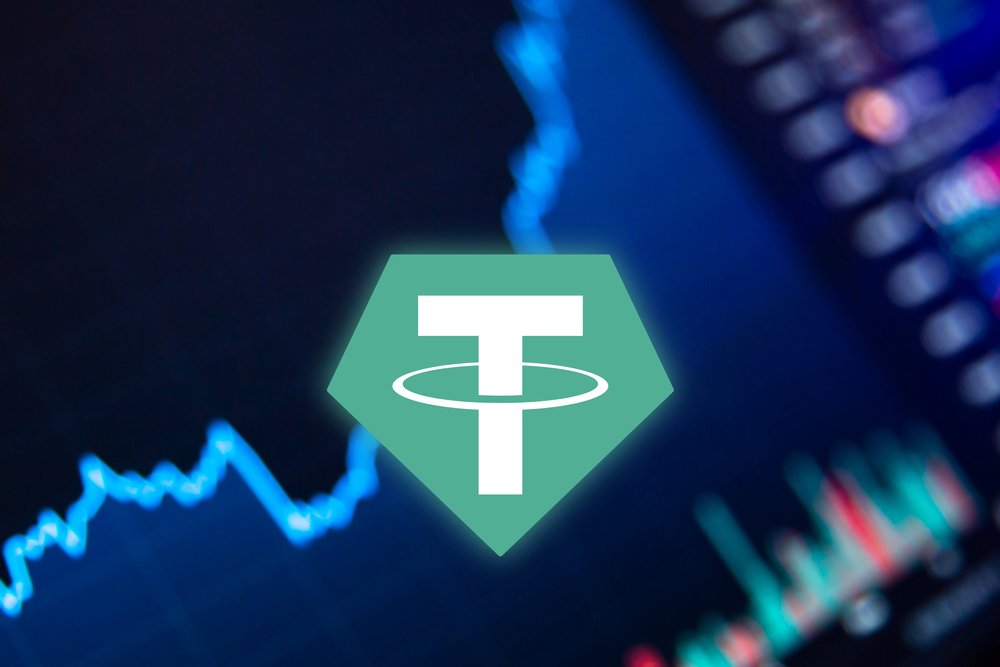In Africa’s growing crypto economy, P2P exchanges are the backbone of trading activity. They connect buyers and sellers directly, bypassing centralized order books and often sidestepping banking limitations. But while P2P platforms are great for peer matching, they often fall short on direct fiat-to-USDT conversions.
This is the story of how one African P2P exchange integrated TransFi’s instant crypto on-ramp to let users buy USDT with local currency in minutes — no intermediaries, no complicated workarounds.
The Challenge: Bridging Local Currency to Stablecoin
Before integrating TransFi, this P2P exchange relied on manual transfers between buyers and sellers. That meant:
- Slow settlement times — deals could take hours or even days to complete.
- Counterparty risk — users had to trust that sellers would release USDT after receiving fiat.
- Limited reach — onboarding new users was hard because the process felt complex and unsafe.
- High drop-off rates — many first-time users abandoned trades before completion.
The exchange’s goal was clear: remove the friction between local currency and USDT while keeping the P2P model intact.
Why They Chose TransFi
The platform needed:
- A stablecoin on-ramp for P2P exchanges that could integrate with their existing wallet system.
- Instant fiat-to-crypto payments for multiple African markets.
- Built-in compliance and fraud prevention.
- Coverage for local bank transfers, mobile money, and card payments.
TransFi’s API-first infrastructure ticked every box. By plugging into TransFi, the exchange could enable direct fiat-to-USDT conversion without relying on third-party escrow or manual seller confirmation.
How TransFi Powered Direct Fiat-to-USDT Conversions
Here’s what changed once the exchange integrated TransFi:
- Instant Local Bank Transfers to USDT – Users could initiate a bank or mobile money payment in their local currency, and see USDT credited to their wallet in seconds.
- Automated Compliance – KYC and transaction monitoring ran in the background, meeting local and international regulations without slowing down trades.
- Multi-Currency Support – Covered 40+ fiat currencies, making it possible to scale into new African markets without custom integrations.
- Seamless P2P Experience – Users still felt like they were trading peer-to-peer, but the settlement process was instant and trustless.
- Stablecoin Liquidity On-Demand – The platform could offer competitive USDT rates without depending on active sellers for liquidity.
By replacing manual matching with direct fiat-to-crypto payments, the exchange eliminated one of the biggest bottlenecks in P2P crypto trading.
The Results – From Days to Seconds
The numbers spoke for themselves:
- Settlement Time: Dropped from an average of 12 hours to under 30 seconds.
- Trade Completion Rate: Increased from 63% to 96%.
- New User Retention: 3x higher retention rate after the first trade.
- Geographic Expansion: Enabled the platform to launch in four new African countries within six months.
- Revenue Growth: Higher trade volumes and lower churn boosted platform fees by 42% in the first quarter after integration.
A co-founder of the exchange summarized it:
“Before TransFi, fiat-to-USDT trades were our biggest headache. Now they’re our biggest selling point.”
Why This Matters for P2P Crypto Exchange Growth in Africa
In many African countries, P2P exchanges are the gateway to crypto because:
- Traditional banking systems block or delay crypto transactions.
- Users prefer mobile money and local bank transfers over cards.
- Stablecoins like USDT are used for savings, remittances, and cross-border payments — not just trading.
By offering direct fiat-to-USDT conversions, P2P platforms can:
- Attract more first-time traders by simplifying onboarding.
- Increase trust by removing counterparty risk.
- Scale to multiple markets without rebuilding infrastructure.
- Boost transaction volumes with instant settlement and competitive rates.
This isn’t just a convenience — it’s a strategic advantage in Africa’s competitive crypto landscape.
Also read: Stablecoin Payments in Canada: On-Chain Payroll and USDC for Digital Nomads
Conclusion
This P2P exchange’s journey shows how TransFi’s fiat-to-crypto APIs can transform a platform’s value proposition. By enabling instant USDT purchases via local bank transfers, mobile money, and other payment methods, TransFi removed the trust barriers and time delays that keep users from trading.
For any P2P platform looking to enable fiat-to-crypto conversions without intermediaries, expand into new markets, and offer the fastest stablecoin on-ramp possible, TransFi is the partner to make it happen.
FAQs
1. How does TransFi integrate with P2P exchanges?
TransFi’s APIs plug directly into the platform’s wallet system, allowing instant fiat-to-crypto conversion without changing the P2P user interface.
2. Can users still trade peer-to-peer?
Yes. The P2P model remains, but fiat-to-USDT trades can settle instantly without waiting for seller confirmation.
3. What payment methods are supported?
Local bank transfers, mobile money, cards, and other regional payment options — covering over 250 local methods in 100+ countries.
4. Is this only for USDT?
No. TransFi supports USDT, USDC, and other digital assets depending on the market.
5. How does this reduce fraud?
With automated KYC, AML, and transaction monitoring, suspicious trades are flagged instantly, reducing scams and chargebacks.
Table of Contents
Suggested Article
Explore our products

Make global payments at the speed of a click

Accept payments, remove borders.

Unlock Seamless Digital Currency Transactions Anywhere









.png)














